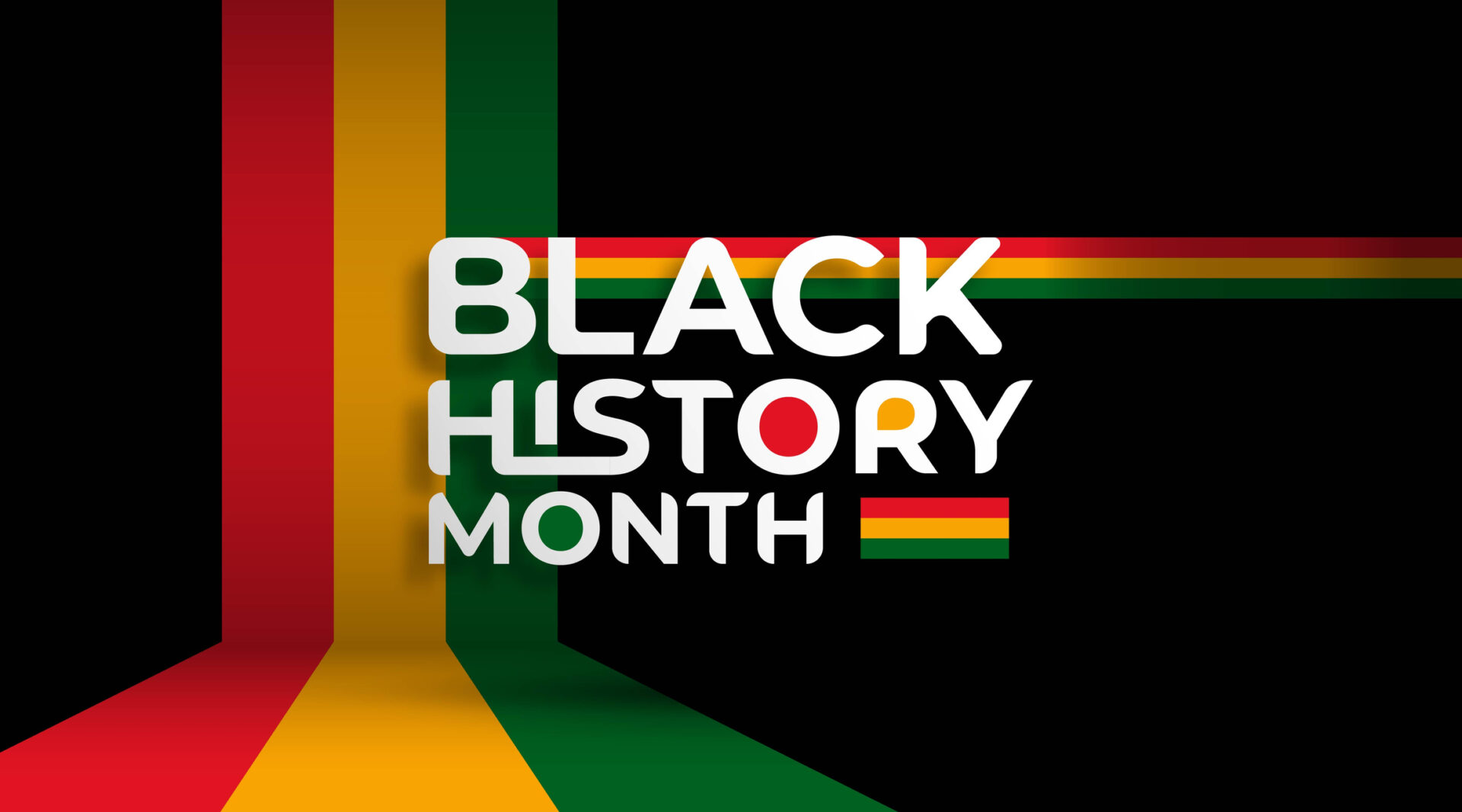This year, Women’s Health Week comes with a harrowing context. A document leaked last week revealed a draft of the U.S. Supreme Court’s decision to overturn Roe v Wade, a 1973 Supreme Court ruling that protects a woman’s choice to seek an abortion. If the ruling outlined in last week’s leak stands, it will be the first time Roe has been overturned in its nearly 50-year history.
Access to abortion care is a critical aspect of comprehensive women’s health. Because the decision to have an abortion is fraught with political, emotional, and ethical contexts, rarely is a women’s decision to seek an abortion limited to a singular reason. Roe v Wade allowed women’s health clinics the legal ground to safely provide abortions in professional, medical settings or to write prescriptions for medication abortions. Without Roe, women’s health clinics will no longer be able to provide abortions in states without laws protecting abortion rights.
The real health crisis this poses to women is that abortion’s legality has little effect on abortion rates. Instead, it leaves women to either perform self-induced abortions or receive unsafe abortions from persons lacking necessary skills or in unfit environments. A study from the Guttmacher Institute shows that in countries where abortion is legal and countries where it is banned roughly 40 in 1,000 women seek an abortion. Instead of differing abortion rates, the difference is in abortion-related maternal mortality rates. This ratio is significantly higher in countries that have outlawed abortion. This is most evident in countries like Romania, where abortion has been both legalized and outlawed multiple times over the past 60 years.
Repealing Roe: Romania as a Consequence Model
Before outlawing abortion in 1966, Romania had an abortion-related maternal mortality rate of 20 women per 100,000. Following a law banning abortion, this had increased to 148 per 100,000. However, in 1989, abortion was re-legalized and by 1990, abortion-related maternal deaths more than halved to just 68 per 100,000 and by 2002 had dropped to just 9 per 100,000.
If Roe is repealed, Romania’s history provides an eerily similar model to what the U.S. may face. As of 2020, the U.S. has the highest maternal death rate among wealthy countries, with 23.1 women dying per 100,000 live births. Even before last week’s leak, a study from the University of Colorado, Boulder estimated that a repeal of laws protecting access to abortion could increase this ratio as high as 140 deaths per 100,000 live births.
The study suggests this increase for two reasons. First, outlawing abortion will lead to an increase in unsafe, self-induced abortions. These types of abortions are more likely to result in sepsis. In a country where abortion is penalized with jail time, patients will be less likely to seek medical care, which will, in turn, lead to higher cases of septic shock.
However, the study also argues that even if there is no increase in the rate of unsafe abortions, the maternal death rate will still increase. This is because more women will be forced into high-risk pregnancies. The CDC’s most recent data on abortion-related maternal mortality shows only .41 in 100,000 abortions result in death. This makes a full-term pregnancy 56% riskier than having an abortion compared to the current maternal mortality rate of 23.1 per 100,000 births. Repealing Roe will undoubtedly bring a combination of unsafe abortions and higher-risk pregnancies, putting more women’s health at risk.
A Disproportionate Effect on Black, Hispanic, and Low-Income Women
Currently, 18.4% of pregnancies in the U.S. result in abortion. Time and time again, unintended pregnancy is adversely linked to access to contraceptives. When unintended pregnancies increase it is often paralleled by a decrease in expanded access to contraception. Additionally, the most common reasons for terminating a pregnancy are economic factors such as housing and employment.
Those most likely to face economic instability, lack access to quality reproductive health education and contraception, and have less access to quality healthcare are lower-income communities and communities of color. Not only do these communities experience a higher maternal death rate, but they are up to five times more likely to need an abortion than higher-income, white communities.
Should Roe be overturned, abortion would be outlawed in as many as 27 states, a majority of which have populations who would be most at risk of increased maternal mortality rates.
To repeal Roe v Wade is to bring a 50-years regression to women’s rights. It not only poses a threat to women’s health but brings with it racial and economic implications. It is difficult to tell what effect the draft leak will have on the Court’s final vote. This is why it is important for national activism to continue. However, states also need to make an effort to protect abortion rights in their constitutions. Community-level organizing to increase access to contraception, education, and healthcare will also be vital to offset the detriment repealing Roe will have on women’s health.
Below is a non-exhaustive list of resources available to take action and learn more about women’s health:






